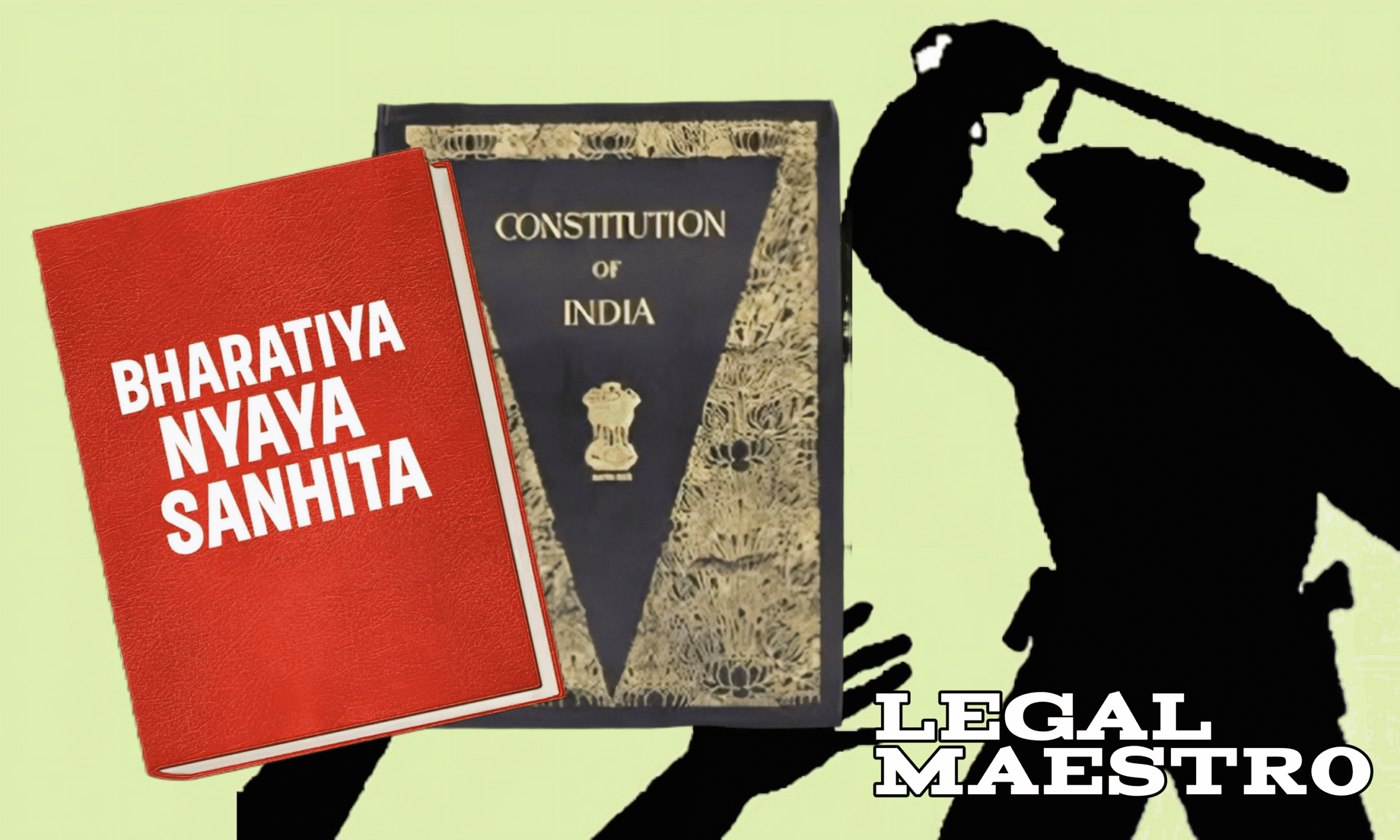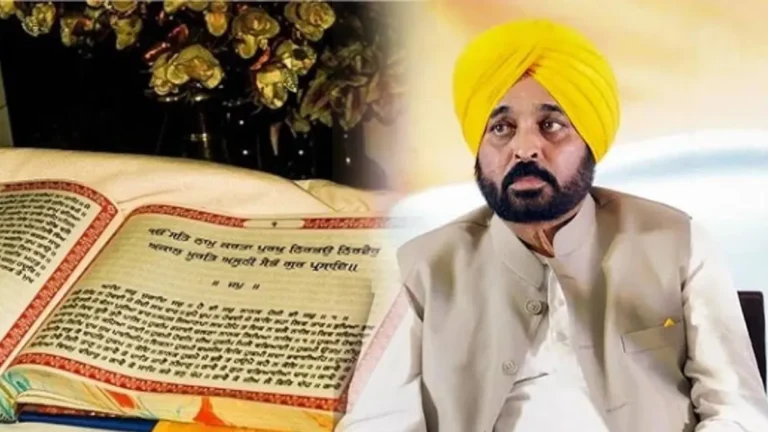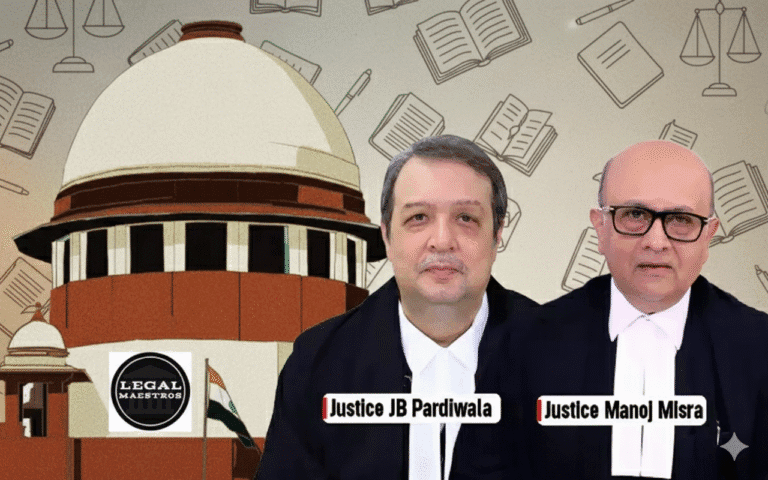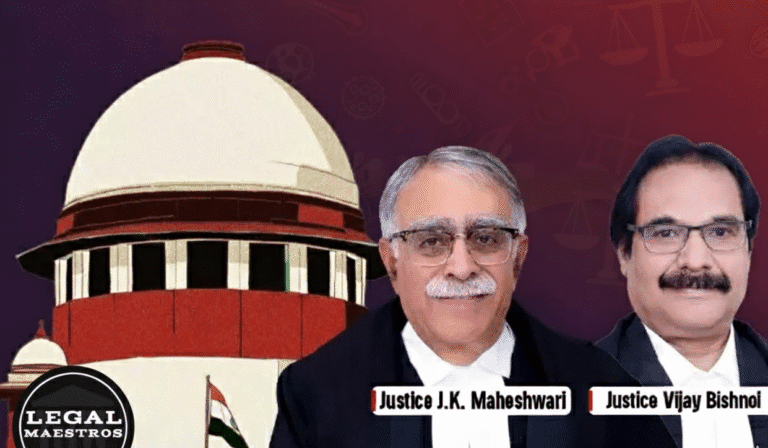
Torture committed by law enforcement officers while they are in custody continues to be a serious problem that affects human rights and the public’s trust in the judicial system.
In spite of the fact that India’s pre-existing laws provided some degree of protection, there were still loopholes in enforcement and accountability.
The BNS and BNSS, which were very recently implemented, are part of a thorough revamp of criminal legislation that was undertaken with the intention of, among other things, improving safeguards against abuse in police custody.
For any queries or to publish an article or post or advertisement on our platform, do call at +91 6377460764 or email us at contact@legalmaestros.com.
When taken into consideration alongside the Constitution and any applicable human rights conventions, these statutes produce a framework that is composed of multiple layers.
The purpose of this article is to examine these legal mechanisms in depth in order to demonstrate how they effectively collaborate to prohibit torture and offer victims with recourse.
For More Updates & Regular Notes Join Our Whats App Group (https://chat.whatsapp.com/DkucckgAEJbCtXwXr2yIt0) and Telegram Group ( https://t.me/legalmaestroeducators )
For any queries or to publish an article or post or advertisement on our platform, do call at +91 6377460764 or email us at contact@legalmaestros.com.
Protections against Torture in Custodial Settings Under the Constitution
Article 21 of the Constitution of India, which is the highest legislation in the land, guarantees individuals the right to life as well as the right to personal liberty.
In its interpretation of this expansive provision, the Supreme Court has understood it to encompass protection against cruel, inhuman, or humiliating treatment at the hands of the state.
Article 20 forbids self-incrimination and retrospective criminal laws, while Article 22 establishes procedural safeguards at the moment of arrest.
For any queries or to publish an article or post or advertisement on our platform, do call at +91 6377460764 or email us at contact@legalmaestros.com.
These safeguards include the right to be notified of the grounds for arrest and the right to consult with a lawyer.
Both of these articles give essential shields. When considered as a whole, these fundamental provisions constitute the foundation upon which challenges against unlawful detention and torture are built.
The Bharatiya Nyaya Sanhita’s requirements and provisions
A significant number of parts of the Indian Penal Code have been replaced by the Bharatiya Nyaya Sanhita.
For any queries or to publish an article or post or advertisement on our platform, do call at +91 6377460764 or email us at contact@legalmaestros.com.
It makes it clear that public servants who are functioning in their official capacity are capable of committing acts that cause severe harm to others. Any law enforcement officer who is determined to have subjected another person to torture or other harsh treatment is subject to severe punishments under the BNS.
These punishments may include imprisonment and fines. Additionally, the new law makes it easier to arrest those who violate it by providing clarity regarding what constitutes assault while in jail.
Consequently, as a result of these amendments, the Penal Code is now more closely aligned with contemporary standards. This ensures that unlawful acts committed by officials cannot be dismissed as merely being an example of excessive authority.
For any queries or to publish an article or post or advertisement on our platform, do call at +91 6377460764 or email us at contact@legalmaestros.com.
The Bharatiya Nagarik Suraksha Sanhita has several important safeguards.
The Criminal Procedure Code has been replaced by the Bharatiya Nagarik Suraksha Sanhita, which incorporates essential procedural safeguards on its own.
Moreover, it stipulates that the individual who has been arrested must be brought before a magistrate within twenty-four hours, and that any delay must be documented in writing along with the reasons for the delay.
In order to prevent abuse that is not visible to the naked eye, the BNSS mandates that the whole process of arrest, search, and questioning be recorded on camera.
For any queries or to publish an article or post or advertisement on our platform, do call at +91 6377460764 or email us at contact@legalmaestros.com.
Additionally, it mandates that law enforcement agencies keep comprehensive arrest and detention registries, which are accessible to higher authorities for the purpose of examination.
The purpose of these procedural inspections is to promote openness and discourage the use of torture in correctional facilities.
The importance of other international conventions and laws pertaining to human rights
India is governed by international treaties such as the United Nations Convention against Torture, which it has accepted. These treaties are in addition to the Constitution and the new criminal laws that have been developed.
For any queries or to publish an article or post or advertisement on our platform, do call at +91 6377460764 or email us at contact@legalmaestros.com.
There are governmental institutions, such as the governmental Human Rights Commission (NHRC), that are established by domestic statutes such as the Protection of Human Rights Act.
These mechanisms are responsible for investigating charges of torture allegations. The NHRC has the ability to make recommendations about measures for institutional reform, compensation, and prosecution.
These organizations, when combined with state human rights commissions, offer a significant additional layer of oversight from the outside, so strengthening the constitutional and legislative safeguards against abuse in the correctional system.
For any queries or to publish an article or post or advertisement on our platform, do call at +91 6377460764 or email us at contact@legalmaestros.com.
judicial remedies and litigation focused on the public interest
Through a series of historic decisions, India’s judicial system has been in the forefront of efforts to reduce the use of torture. For the purpose of challenging unjust incarceration and requesting immediate release, victims have the ability to file habeas corpus petitions.
It is required by the norms established by the Supreme Court in significant instances that police keep meticulous records, that detainees undergo medical examinations, and that victims of torture receive compensation.
Access has been expanded thanks to public interest litigation, which has made it possible for civil society and attorneys to advocate for structural improvements.
For any queries or to publish an article or post or advertisement on our platform, do call at +91 6377460764 or email us at contact@legalmaestros.com.
By use of these judicial remedies, the courts not only punish those who have committed offenses, but they also oversee the actions of the police and make certain that any weaknesses in the system are remedied.
Mechanisms for the Management and Control of Compliance
In order for enforcement to be effective, numerous actors are required. Both the departmental investigations and the internal police vigilance cells have the ability to recommend disciplinary action. Both the BNSS and the BNS mandate that independent inspectors conduct regular audits and designate distinct mechanisms via which complaints can be lodged.
Suo motu investigations into allegations of torture and deaths that occurred in custody can be conducted by the National Human Rights Commission (NHRC) and state commissions.
For any queries or to publish an article or post or advertisement on our platform, do call at +91 6377460764 or email us at contact@legalmaestros.com.
Legal aid clinics and organizations that are part of civil society also play an important part in the process by providing victims with legal assistance and promoting awareness among the general public.
The combination of these procedures results in the formation of a network of accountability, which makes it more difficult for situations involving torture to hide.
The Obstacles and Suggestions to Consider
Even with more stringent restrictions, there are still difficulties. Fear of retaliation, social stigma, and lengthy legal processes continue to remain as factors that contribute to under-reporting.
For any queries or to publish an article or post or advertisement on our platform, do call at +91 6377460764 or email us at contact@legalmaestros.com.
Deficiencies in implementation, such as insufficient training for law enforcement agents on human rights standards, also contribute to the weakening of protections.
It is vital to make investments in capacity building, guarantee that judicial review is carried out in a timely manner, and promptly impose disciplinary punishment in order to solve these difficulties.
In order for all inmates to have a fair understanding of their rights, legal aid needs to be expanded. Last but not least, it is imperative that civil society maintains its efforts to document violations and fight for complete compliance with both national and international contractual duties.
For any queries or to publish an article or post or advertisement on our platform, do call at +91 6377460764 or email us at contact@legalmaestros.com.
A powerful framework against torture in custody and by the police has been established as a result of the convergence of constitutional safeguards, the Bharatiya Nyaya Sanhita, the Bharatiya Nagarik Suraksha Sanhita, and international human rights instruments.
Despite the fact that legal remedy is now more readily available, it is essential to have efficient enforcement and continual oversight in order to see these provisions become a reality.
India has the ability to guarantee that its promise of justice, dignity, and fundamental rights is kept for all individuals by maintaining vigilance, advocating for vigorous implementation, and providing victims with the ability to claim their rights.
For any queries or to publish an article or post or advertisement on our platform, do call at +91 6377460764 or email us at contact@legalmaestros.com.







1 thought on “Legal Recourse Under BNS and Constitution to Prevent Custodial and Police Torture”